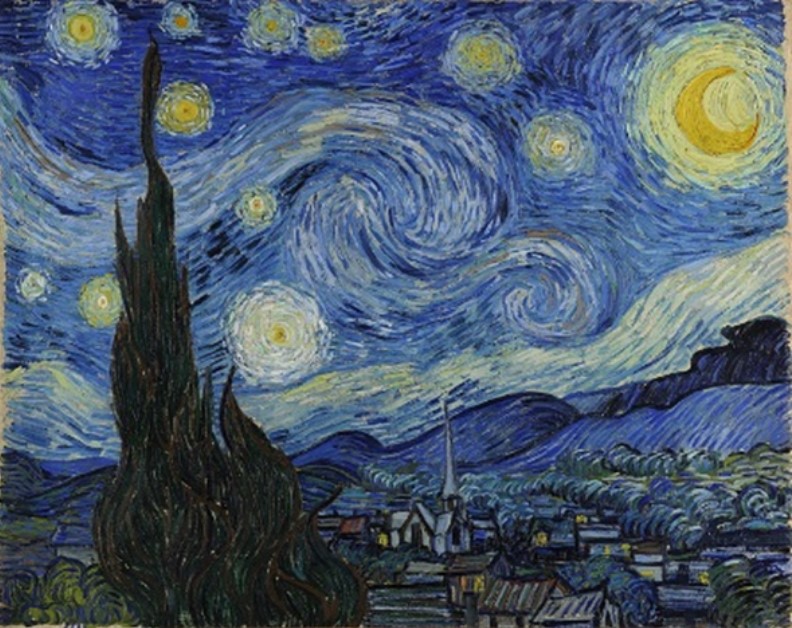“The traditional sublime is the matte surface, deep and absorbing, and [the] shiny might be a modern sublime, which is fully reflective, absolutely present, and returns the gaze.”
— Anish Kapoor
With its glossy, royal blue surface, renowned British-Indian artist Anish Kapoor’s Untitled seduces the viewer into irresistibly hypnotising realms. Executed in 2001, the present work is an immersive example of the highly recognisable reflective circular sculptures that have become almost synonymous with the Turner Prize-winning artist’s practice, with similar pieces now housed in the permanent collections of The Metropolitan Museum of Contemporary Art in New York, and High Museum of Art in Atlanta, amongst others.

Enveloping the viewer into its flawless surface, Untitled serves as a portal for the meeting of the physical and limitless worlds. Looking into the delicately concave arcs of the work, our usual perceptions seem to subside as although the mirrored dish brings the both the viewer and surrounding environment into focus, everything takes on a distorted appearance in its coloured, flipped and proportion-bending reflection.
Known structures do not hold as the familiar becomes ambiguous, evoking a dazzling optical effect of continuous and fluctuating space that destabilises all senses of reality. As critical theorist Homi K. Bhabha explains, ‘Kapoor stays with the state of transitionality, allowing it the time and space to develop its own affects - anxiety, unease, restlessness - so that viewing becomes part of the process of making the work itself. The spectator’s relation to the object involves a process of questioning the underlying conditions through which the work becomes a visual experience in the first place.’ i As the eye is drawn into the metallic centre of the present work’s abyss, details are captured and cast in a poetic transience of colours, alluding us to the endless nature of visual possibilities.
“In music, light blue is like a flute, dark blue like a cello, and when still darker, it becomes a wonderful double bass. The deepest and most serene form of blue may be compared to the deep notes of an organ.”
— Wassily Kandinsky








